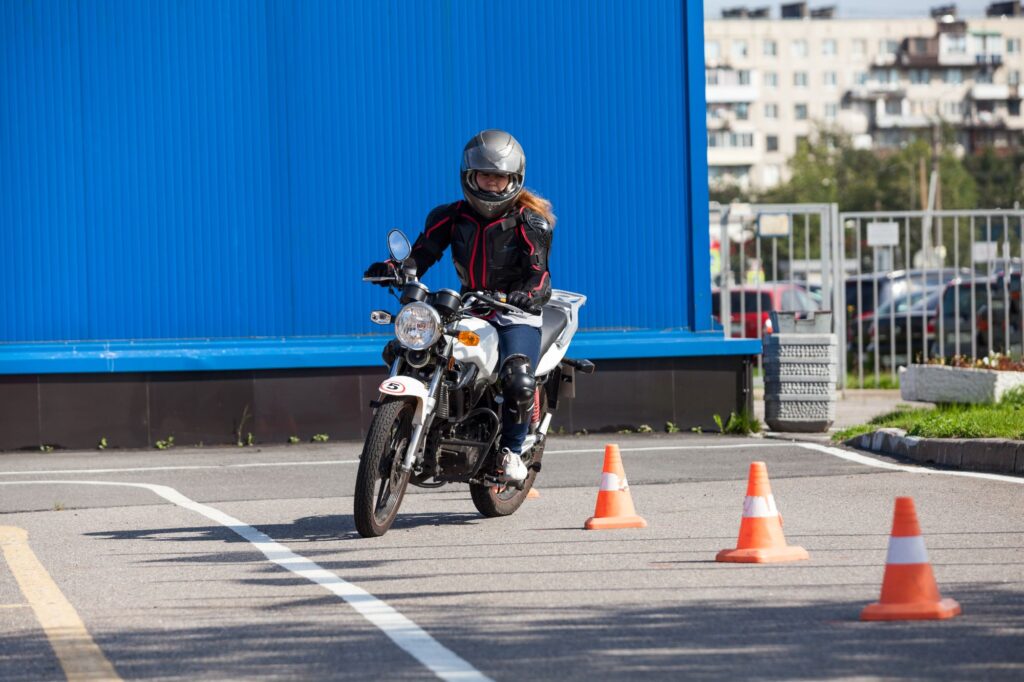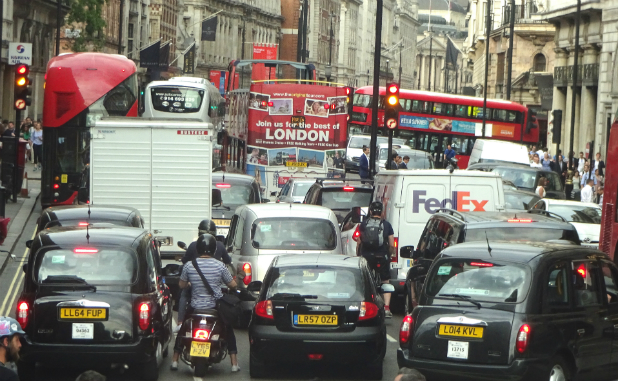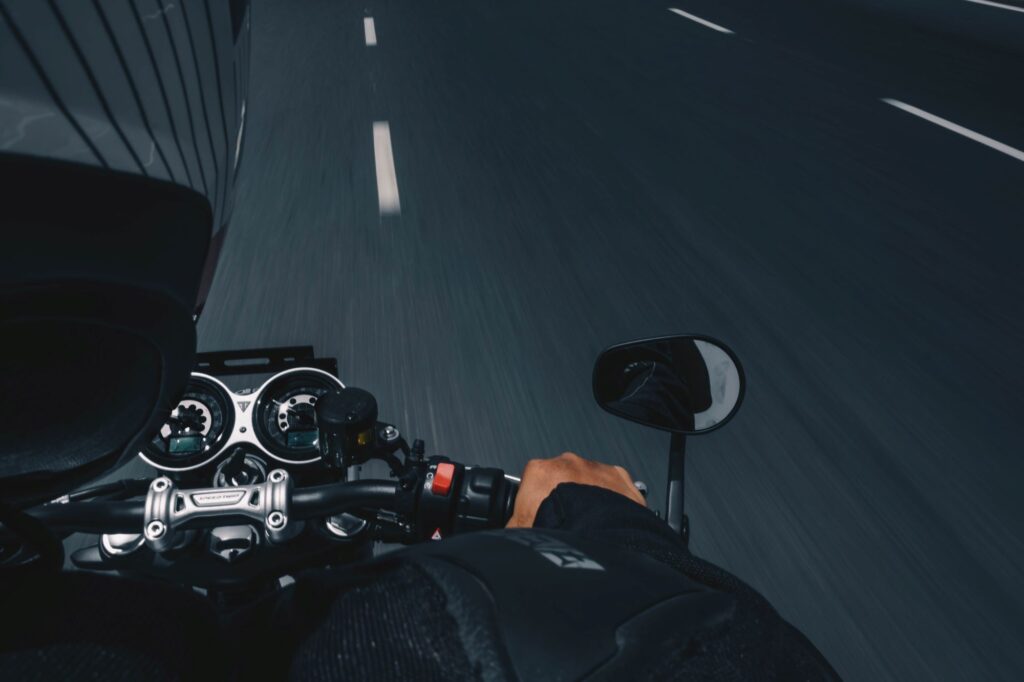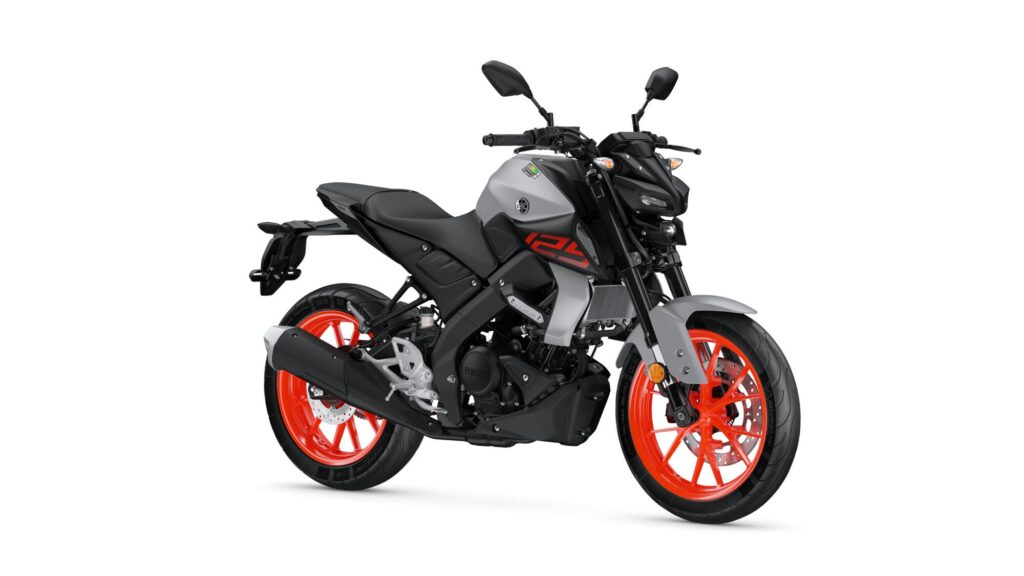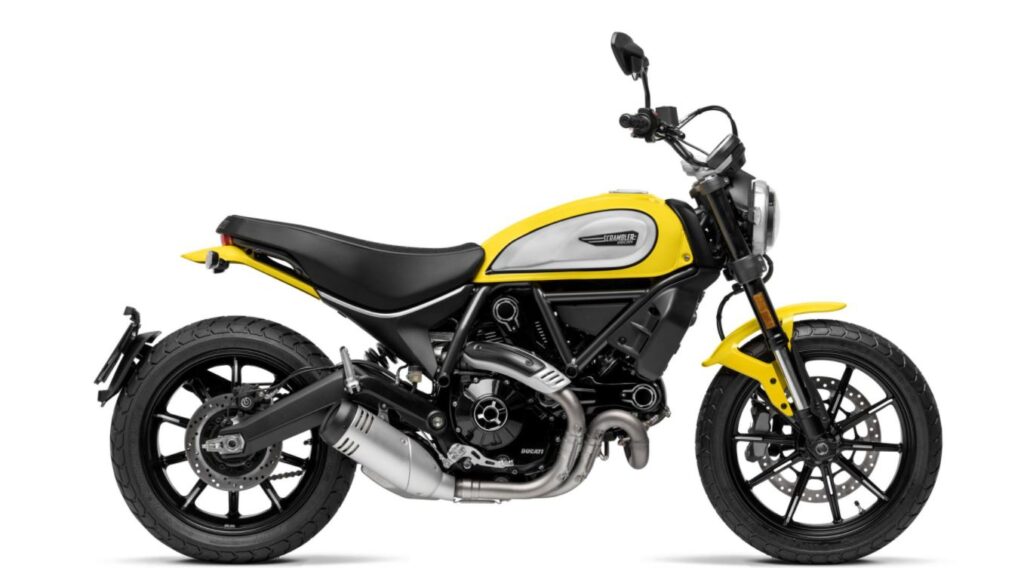
Maybe you just got your first moped, or perhaps you’ve been riding for years – either way, at some stage your bike is going to need an MOT. This blog answers all your questions about the motorbike MOT with advice on how to ensure your machine passes.
Which bikes need an MOT?
Whatever you ride – motorbike, moped or scooter – if it is between three and 40 years old, it must be presented for an annual MOT (Ministry of Transport) test. The purpose of the MOT is to ensure that a motorbike is safe and roadworthy – and it’s the owner’s responsibility to get any serious defects fixed.
A valid MOT certificate is a prerequisite for vehicle excise duty (i.e. VED or road tax) and for motorbike insurance.
Does a classic motorbike need an MOT test?
Motorbikes don’t need an MOT certificate if they’re more than 40 years old and no substantial changes have been made in the last 30 years. Owners may still opt to present their classic motorbikes for an MOT, but it isn’t a legal requirement.
Read our blog to find out about some of the greatest classic motorbikes of all time.
Does a 50cc moped need an MOT?
A moped, defined as a 50cc motorcycle that can go no faster than 50 miles (50km) per hour, needs an MOT, but parts of the test will not apply to a moped. Read our blog about 10 of the best 50cc motorbikes that money can buy.
How much does a motorbike MOT cost?
- Motorcycle under 200cc (Class 1) without sidecar: £29.65
- Motorcycle 200cc and over (Class 2) without sidecar: £29.65
- Motorcycle under 200cc (Class 1) with sidecar: £37.80
- Motorcycle 200cc and over (Class 2) with sidecar: £37.80
Are lights checked on a motorbike MOT?
The headlamp, sidelights, rear light, rear-registration-plate light, indicators and reflectors are checked during an MOT to ensure they work and that they’re secure and undamaged. Brightness, position and direction of beam are tested, as well as the flash frequency of indicator lights, which should be 60 to 120 times per minute.
Do I need indicators for a motorcycle MOT?
Not all motorcycles need indicators. Direction indicators are not required on motorbikes that:
- do not have front and rear position lamps
- have top speeds of 30mph
- were first used before 1st August 1986
- are off-road bikes designed to carry only the rider or the rider and one passenger in a sidecar
What else is tested during a motorbike MOT?
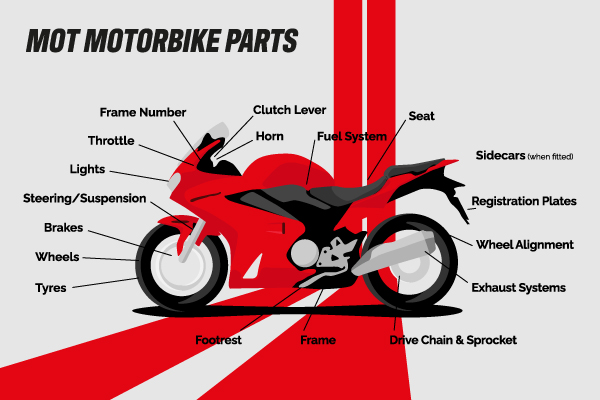
As well as the lights and indicators, there are 15 other components tested in a motorcycle MOT. They are:
1. Steering and suspension
Checks are made on the steering and suspension system, and on the condition and security of all parts. These include:
- fork and fork yoke
- handlebars and grips
- springs and shock absorbers
- suspension pins, bushes, joints, arms and rods
2. Wheels and tyres
The MOT tester will check that your bike’s wheels and tyres are right for the bike and that they’re fitted correctly and securely. They’ll check:
- nuts, bolts, studs, spindles and hubs
- tread depth of the tyres
- condition of valves
- signs of corrosion, distortion or damage
3. Frame
The load-bearing frame includes the sidecar frame – if there is a sidecar – and attachment brackets. On bikes where the engine is used as a stressed part of the structure, the engine mountings are checked. The tester will be looking at the structural integrity of the frame and checking for signs of damage, corrosion or cracks.
4. Braking
Every component of the bike’s braking system is checked. This includes:
- cables, rods, levers and linkages
- discs and drums
- linings and pads
- flexible brake hoses
- rigid brake pipes
- lever and pedal
- callipers and cylinders
- brake fluid
The operation and performance of the braking system is then put to the test.
5. Exhaust system
The MOT tester will check that the bike’s exhaust system is complete, secure and within permitted noise levels.
6. Fuel system
The fuel system and its components are checked for leaks and security. The fuel pipe (or hose) is examined for damage or chafing. The MOT will check for the filler cap, ensuring it’s there and tThe fuel system and its components are checked for leaks and security. The fuel pipe (or hose) is examined for damage or chafing. The MOT will check for the filler cap, ensuring it’s there and that it’s not leaking.hat it’s not leaking.
7. Seats
There must be a proper, secure rider’s seat on your motorbike, with an adequate supporting structure. If there is a pillion seat, this will also be checked.
8. Wheel alignment
Wheel alignment is an important part of motorbike safety. The bike will be examined to check that the front and back wheels are aligned accordingly.
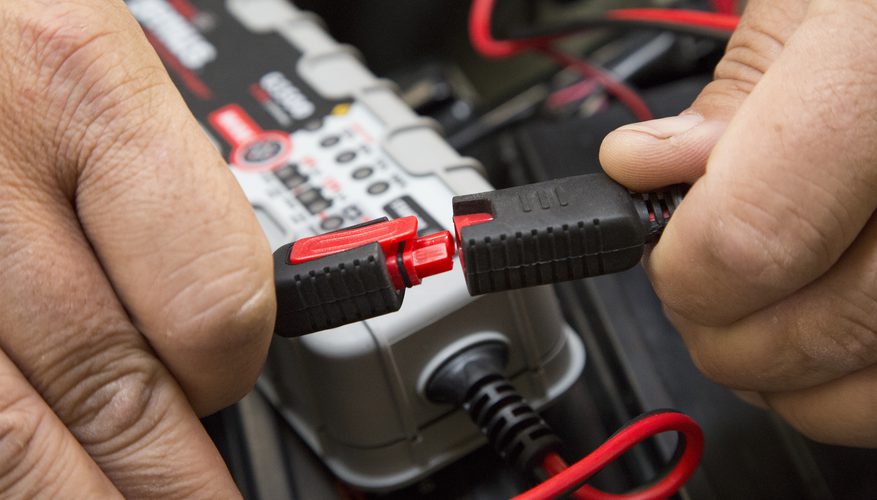
9. Sidecar (where applicable)
The MOT tester will check the condition of the sidecar’s frame and its attachment and alignment to the bike. There will also be checks on suspension, wheel bearings, lights, tyres and wheel alignment.
10. Horn
The motorbike’s audible warning must be loud enough for other road users to hear. It must work properly and be compliant with requirements.
11. Vehicle identification
The bike’s registration plates must be clear, securely attached and presented in an acceptable format. The vehicle identification and frame numbers will also be checked for legibility and legitimacy.
A registration plate is required on the rear of the moped only.
12. Drive chain and sprocket
The chain is checked to make sure it isn’t too tight or too loose, and that it isn’t worn. The MOT tester will check that the chain guard is securely fixed and that the sprockets aren’t excessively worn.
A moped’s chain guard is not tested, but the absence of a chain guard might be considered dangerous and lead to a failed MOT.
13. Throttle
The throttle is inspected to ensure that it’s functioning properly.
14. Clutch lever
The clutch lever must be functional and easily operated – that is, not bent or badly positioned.
15. Footrests
The MOT tester will check the presence and condition of footrests.
What isn’t checked in a motorcycle MOT?

There are a few notable exceptions in the test programme. The MOT does not include an assessment of the engine, the clutch or the gearbox. A full motorbike service, though, will cover every aspect of your bike and its operation.
How do you know if your bike has passed or failed its MOT?
At each stage of the MOT test, your motorcycle is assessed on a five-grade scale.
The first three grades mean a pass. They are:
- PASS: minimum legally required standard of road safety.
- ADVISORY: an issue could develop in the future, and it will need to be monitored and acted on when required.
- MINOR: an issue that isn’t a significant risk, but which should be repaired as soon as possible.
The next two grades mean your bike has failed. They are:
- MAJOR: an issue that could affect other drivers or the environment and must be repaired immediately.
- DANGEROUS: the motorcycle carries either a direct risk to drivers or the environment, meaning that it isn’t road legal.
Are there any common reasons for motorcycle MOT failures?
A huge proportion of motorbike MOT failures have to do with lights. The defect might be a blown bulb, a broken (or missing) rear reflector, a badly angled headlamp or an indicator light that’s flashing at the wrong frequency.
Number plates, too, are often the culprit in a failed MOT test. They can fall right off, or the inscription can be illegible through damage. Sometimes, a badly placed screw can give a false impression making a number or a letter look different to what it actualy is.
At the front line when it comes to wear and tear, tyres are a common cause of MOT failures.
So, before the MOT, give your bike a once-over, checking that lights, brakes and horn are working properly, that your tyres are in good condition, and that the drive chain isn’t worn. Check the frame for any damage, and make sure the fuel system has no leaks.
Getting any defects fixed before the test will save you money in the long run.
Cover for all eventualities
Along with your MOT, another piece of admin to sort out is motorcycle insurance. For a swift and affordable insurance quote, call the experts at Bikesure on 0800 369 8580 or book a callback at a time that suits you.

